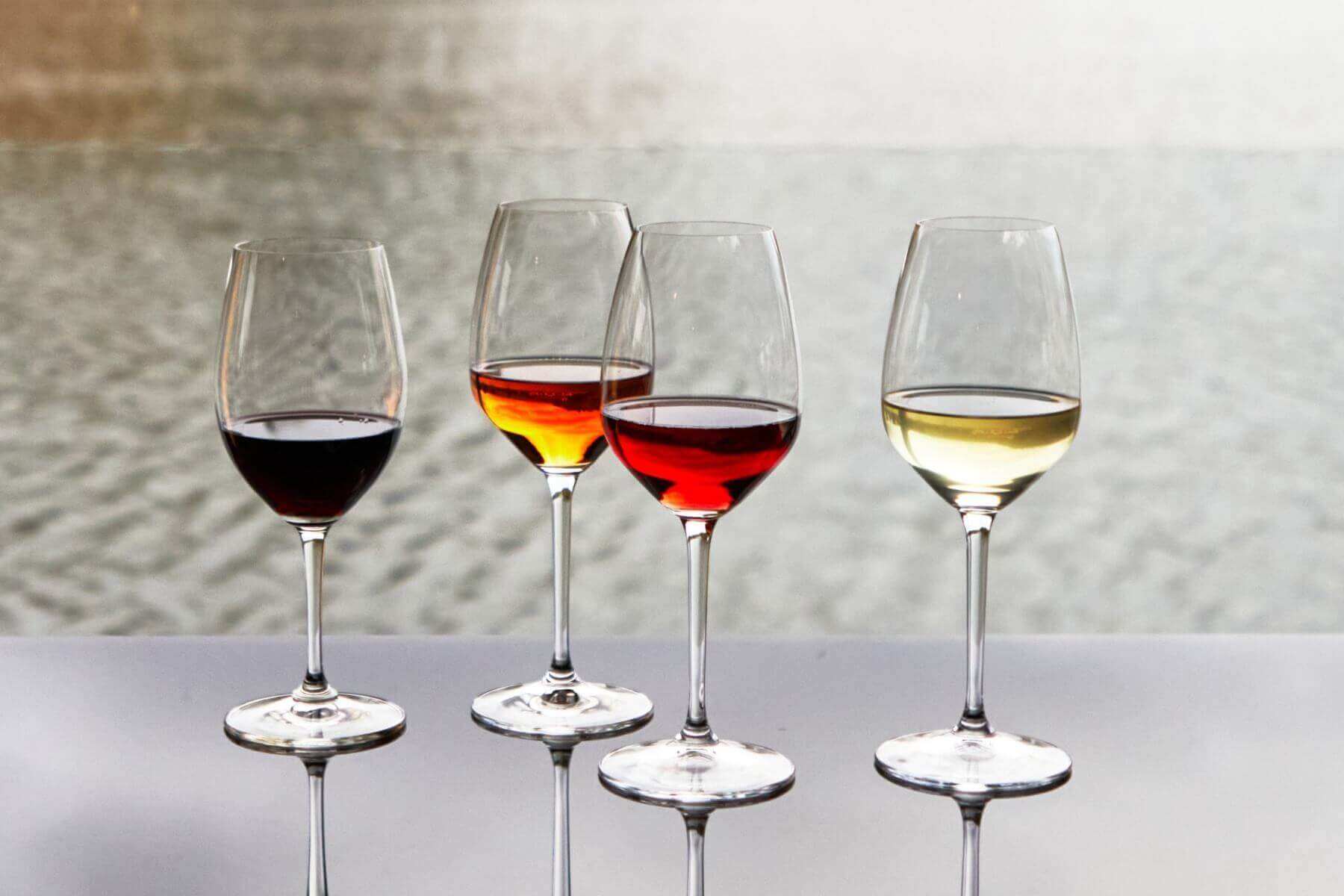
Port wine’s popularity can be attributed to its flavour, which is both sweet and strong than traditional table wine. However, some make the mistake of assuming Port wine as another type of sweet red wine. But, it is not the case, as Port wine is completely different from Red wine. Now, the question is what makes Port wine so special in Portugal that people pop it at every table and how is it different from red wine? Fret not! Below, we have discussed the differences between Port wine and Red wine!
What is Port wine?
Port is a Portuguese wine made by mixing the distilled grape spirit with the wine base. It enables the high alcohol to stop the fermentation process, resulting in the fortification of the wine and a sweeter taste. The remaining sugar is retained in Port, leading to a typical off-dry to sweet notes. As a result, Port wine has a higher alcohol content (usually 20%) than red wine. Typically, wine manufacturers store and age Port wine in barrels before bottling.
What is red wine?
Talking about red wine, it is not fortified with a spirit like brandy. Remember, the red wine production method is widely used across the world. In fact, the difference between Port wine and Red wine mainly lies in the production method followed.
Port wine food pairings
Ruby Port tastes best when fresh in nature. You can pair it with strong cheeses, like Moscato or chocolate pies. This wine balances the rich, savoury and sweet notes of these foods.
Coming to LBV Ports, they are sweeter and have more acidity and tannin because of long ageing. You can pair the wine with various cheese types or a molten lava cake. It gives you room to experiment with your pairings. Vintage Port wine leaves a buttery consistency on the taste palette. You can serve this wine with blue cheese, figs, and walnuts. Finally, Tawny Port is a perfect accompaniment for rich caramel, spiced desserts, and nut. With this wine, you can also serve cheeses with a more nutty aroma, including Pecorina and Manchego.
Red wine food pairings
Since light-bodied red wine, like Pinot Noir, have a crisp finish and light tannins, they can be served with light food seafood dishes. Pinot Noir has earthy notes that make it easier to pair with most foods. However, in the case of medium-bodied wines, including Merlot and Zinfandel, things get a little complicated. You can pair them with cheeses as their rich fruit flavours balance the tartness of the cheeses.
On the other hand, with full-bodied wines, you should ideally serve a complete flavoursome meal that can balance the complexity of the wine. For instance, Cabernet Sauvignon has high tannins and acidity content, making it a dry wine. Therefore, you should pair it with a salty and fatty meal.


